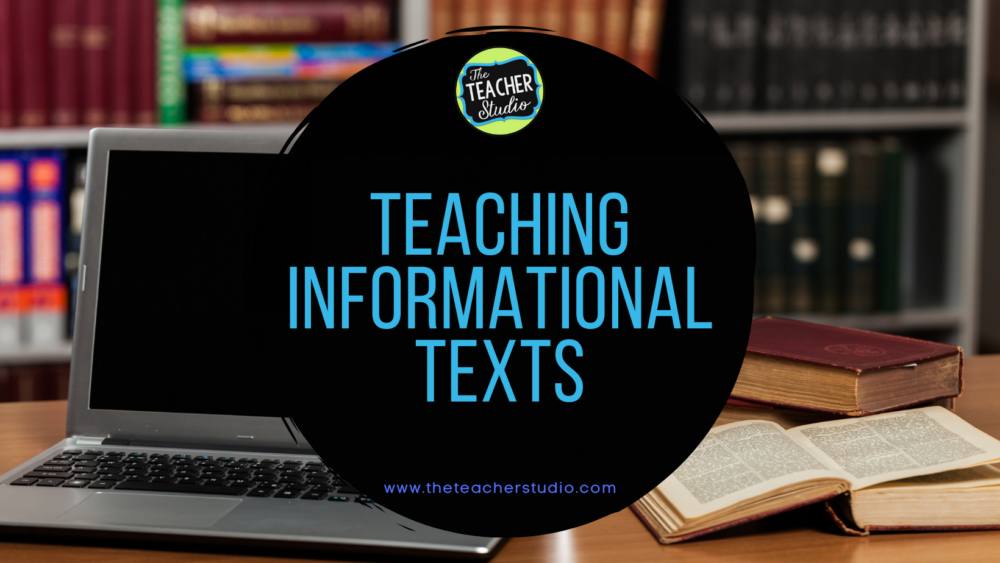We are finishing our “Feature Article” unit today, and I thought I’d share FIVE things we learned while writing them. This was my first time teaching this unit, and it was as much a learning experience for ME as it was for my fourth graders! One of our key focus areas is “text structures”, so that was the lens I used while planning and teaching. So…what did we learn?
Five Strategies to Teach Informational Text Reading
1. Working together to research is the way to go! Students had the GREATEST conversations about what they were learning, learned to ask each other good questions, and overall increased their enthusiasm the more they worked together! It builds excitement for learning AND helps students with comprehension.
2. Enlist the help of your librarian! It was great to have her on my team…she helped me pull books to teach different nonfiction text structures, helped teach students some of the research components, helped students refine their topics, and more! Remember that it may be unusual to find an entire BOOK that fits one text structure…that there may be sections or even sentences that help us better understand the text because of the clues. When an author says, “The alligator differs from the crocodile…”, we want our students to tune into these keywords to help them better understand the text.
3. When explicitly teaching students some of the different text structures they will encounter in nonfiction reading…cause/effect, question/answer, chronological, and so on, it was so fun to spend a few class periods immersing the students in these texts and “hunting” to see what structures they could find. It was also a great lesson for them to see that nothing is “pure”…that a text in chronological order (like “What Happens to a Hamburger”–we loved that one!!!) may have sections that don’t fit the “rule”! Check out these students working in teams to scan texts for examples of different text structures!
4. Immerse your students in a variety of nonfiction articles, texts, videos, and more. Students made all sorts of discoveries about what makes a great title, what kind of photos/glossaries/diagrams were most interesting, how different authors tackle tricky vocabulary words, and more! (Not to mention–they LEARNED so much cool stuff!)
And finally…
5. Do NOT underestimate what your students can do! I was extremely cautious going into this and was unsure of what our “product” would look like. I was AMAZED! We learned so much new technology…they learned about inserting photos, citing sources, altering text sizes and layouts to make their article “look” better and more. They are SO proud of what they have done–best quote…”These look like they could be in a REAL magazine!”
Giving students tons of opportunities to read and write informational texts is such an important part of what we do. Students who are given the chance to research topics they are interested in are far more motivated to work, apply new strategies, and take pride in what they do. Give it a try!
Need help teaching text structures?





